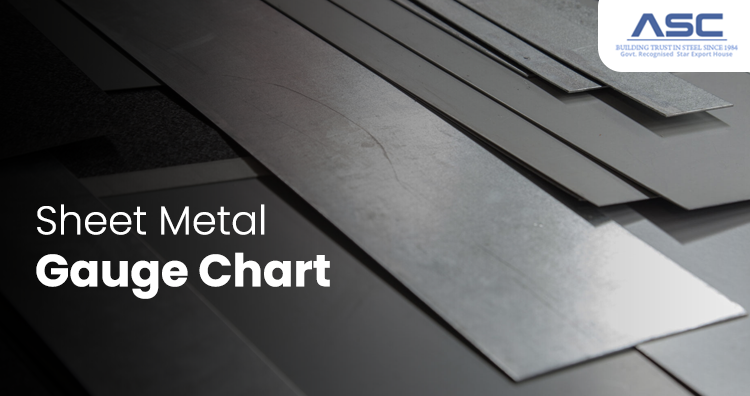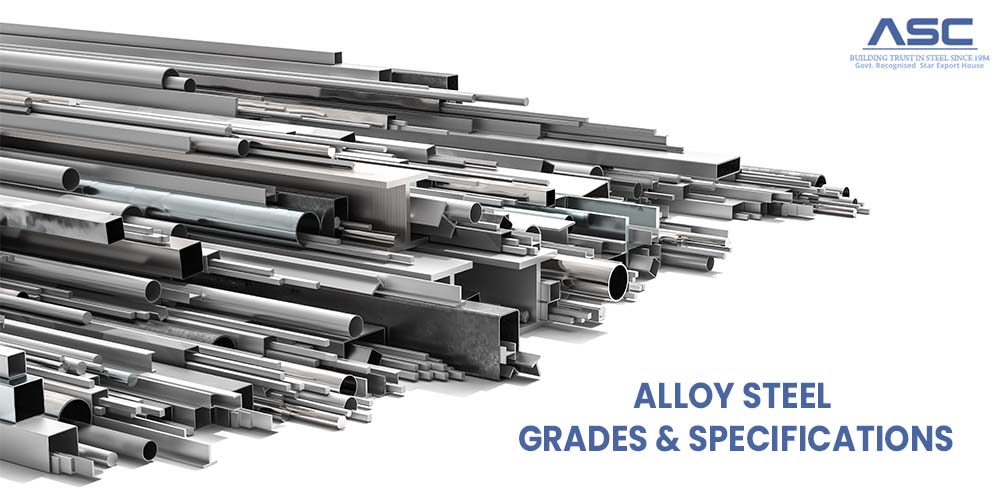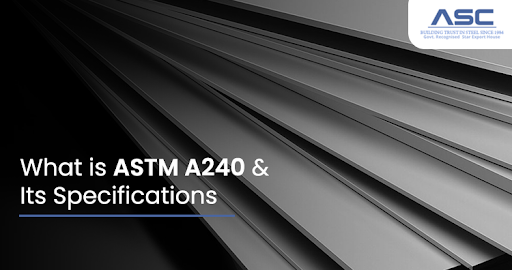SAE AMS 5387 Alloy - Composition, Properties, and Uses
by AMC
Posted on August 08, 2023 at 03:50 PM

AMS 5387, a sought-after steel alloy, is gaining traction across industries due to its exceptional performance. Engineered for superior strength and durability, it finds applications where high-performance materials are indispensable. In this blog post, we will delve deep into the various facets of AMS 5387, encompassing its composition, physical and mechanical attributes, utilization, hardness, and heat treatment. Continue reading to explore the distinctive features and advantages of AMS 5387 and how it can cater to your specific needs.
Composition of AMS 5387
AMS 5387 stands as a low-alloy steel, renowned as a quenched and tempered alloy. Its composition comprises various metallic elements, including chromium, nickel, and molybdenum, imparting resilience against elevated temperatures, corrosion, and wear. The precise composition may vary, contingent on the manufacturing process and intended application criteria.
Physical Properties of AMS 5387
AMS 5387 is distinguished by its enhanced physical properties, boasting high tensile strength, excellent ductility, and commendable formability. It registers a density of 7.85 g/cm³, a melting point of 1425°C, and a specific heat capacity of 0.45 J/g-K. With a coefficient of thermal expansion measuring 11.3 µm/m-K, the material exhibits resilience to temperature fluctuations with minimal distortion.
Mechanical Properties of AMS 5387
AMS 5387 impresses with its mechanical attributes, encompassing elevated yield and tensile strength, superior toughness, and resistance to fatigue. It exhibits an ultimate strength of 1500 MPa, a yield strength of 1300 MPa, an elongation at break of 12%, and a modulus of elasticity at 210 GPa.
Applications of AMS 5387
AMS 5387 finds extensive use across diverse sectors, including aerospace, automotive, industrial, and defense. It is often deployed in critical, high-stress components such as landing gears, engine parts, and transmission components. Its ability to withstand high temperatures and resist wear renders it indispensable in the oil and gas industry.
Hardness of AMS 5387
Typically, AMS 5387 boasts a hardness ranging between 46-53 HRC, positioning it favorably among low-alloy steels. Nevertheless, the application of heat treatment can further elevate its hardness, rendering it suitable for the most demanding industrial environments.
Heat Treatment of AMS 5387
AMS 5387 readily undergoes various heat treatment techniques to enhance its mechanical attributes. These methods encompass quenching and tempering, annealing, and normalizing. The heat treatment regimen augments the alloy's hardness, strength, and toughness, making it an excellent fit for high-performance applications.
In Conclusion
In summary, AMS 5387 emerges as an exceptional high-performance steel alloy, endowed with distinctive characteristics and benefits for an array of industrial applications. Its mechanical and physical attributes make it a prime choice for components under intense stress in sectors like aerospace, automotive, and defense. Moreover, its resistance to high temperatures and wear solidify its role in the oil and gas sector. Through judicious heat treatment, AMS 5387 can be tailored to excel in the most demanding scenarios. With its unique properties, AMS 5387 stands as a steel alloy deserving of recognition and acclaim.

Sheet Metal Gauge Chart
When working with sheet metal, the term "gauge" is commonly used to describe the thickness or thickness range of the material.

